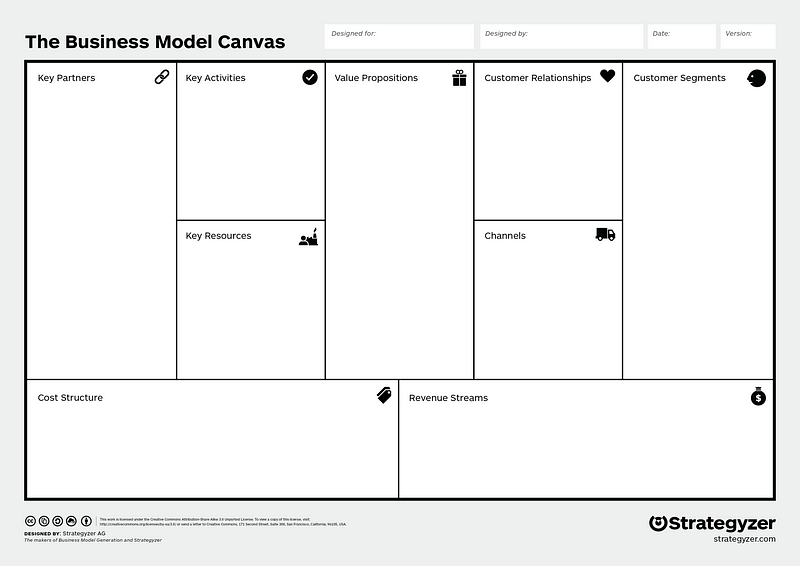"Focus on relationships.
When facing notions like interaction and integration, it becomes obvious that relationships play an important role within value creation, ... Both interaction and integration can be considered a means to the end, which is relational value. This is due to the important role of interactions in facilitating relationships. ... Relationships are a source of value, but they also provide companies with a good understanding of the customer and his/her needs. A multitude of studies have connected relationships with the customers’ willingness to provide information ... Hence, more accurate information can be gained concerning what customers value considering their life and experiences. Therefore, we propose that the relevance of relationships can also be considered as an important part in fitting the companies actions and offers to the customer’s life, stressed by the C-D logic."
Por isso, recusei:
"Quem não aposta no "cheaper" e no "cost", aposta na interacção, aposta na co-criação, aposta noutro mindset... eu diria, "Every visit customers have to make are an opportunity for interaction and co-creation"
.
Nunca esquecer, Golias pode apostar e ganhar com a automação porque está no seu ADN; contudo, David não tem qualquer vantagem em seguir esse caminho, tem muito mais a perder do que os euros que poupa."








%2006.21.jpeg)












